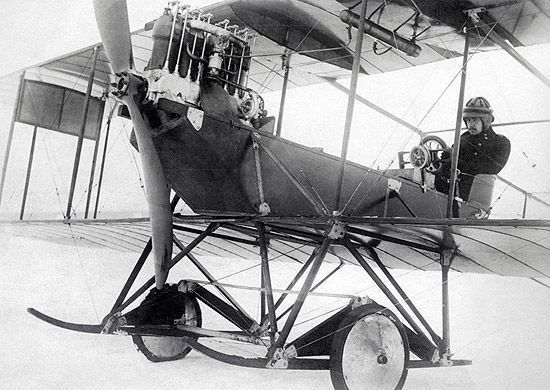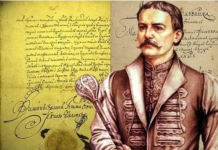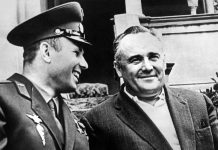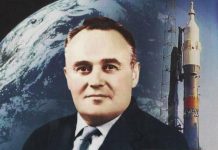In the autobiography “The Story of the Winged-S“, Igor Sikorsky recalled: “For my future work, I had to use experimental data obtained from the flights on the S-5 in order to produce the next plane, which was to be a three-seater biplane similar in general to the S-5, but of better design. The plane was to be powered with a 100 h.p. Argus motor… With this ship I had hopes of placing my aviation activities on a self-supporting basis. The construction of the S-6 was started in August 1911 and was pushed ahead very efficiently during the fall when the flights on the S-5 were curtailed. During the latter part of November, the S-6 was completed and the flight tests were started. The results were not very encouraging. The ship was indeed faster than the S-5 and the control characteristics were generally satisfactory, but the take-off run was long, the landing speed and distance of run after landing appeared excessive and finally, the climb and lifting capacity did not appear much better than that of the S-5, in spite of twice as much power… After a few flights, I found out that the S-6 needed much more room for take-off and landings and was more difficult in operation, particularly in landing. The flights were temporarily discontinued and during the next few weeks a serious investigation was made of ways and means of improving the new plane.
The trouble with the S-6 had happy consequences. It made urgently necessary better methods of aerodynamic analysis. In order to get information about resistance, I devised and produced a primitive machine for testing the air drag of various parts… Various other investigations were undertaken, and a more accurate and complete aerodynamic study of the S-6 was made. It enabled me to improve the plane. The S-6 was disassembled, brought home, and changes were made in a rush. Before the end of December a plane substantially different, which received the name of the S-6-A, was on the field ready for tests.
The span of the plane was increased by the addition to the upper wing of two sections about five feet long. The open tail was replaced by a wood veneer fuselage which included the seats for the pilot, two passengers, and the engine nacelle. These changes reduced air resistance. The plane was cleaned and streamlined where possible. In spite of cold weather and snow, it was tested. The improvements exceeded expectations and the take-off and landing characteristics were now entirely satisfactory. The climb and lifting capacity appeared excellent. After a few flights, the ship performed very well when I took one, and later two passengers on board. During one of these flights, with three men on board, the S-6-A developed a speed of 113 km. per hour (about seventy miles per hour). This exceeded the world record of speed for a plane with a pilot and two passengers and was gratifying from every standpoint”.
Interesting details:
The works took place at the two hangars Sikorsky and his classmates built at the Kyiv Polytechnic Institute where Igor studied. That institute wears Sikorsky’s name nowadays. There is a monument to Sikorsky at the campus.
The airfield where the record was set used to be situated in the area known as Kurenyovka in the Podil district of Kyiv. It is not far away from the Pochaina metro station in the present-day capital of Ukraine.
What nationality was Igor Sikorsky? You can learn his own reply to that question here >
The Presidents of the United States of America have been using helicopters wearing Sikorsky’s name for 65 years already. Dwight D. Eisenhower was the first to use it as the Marine One in 1958.










